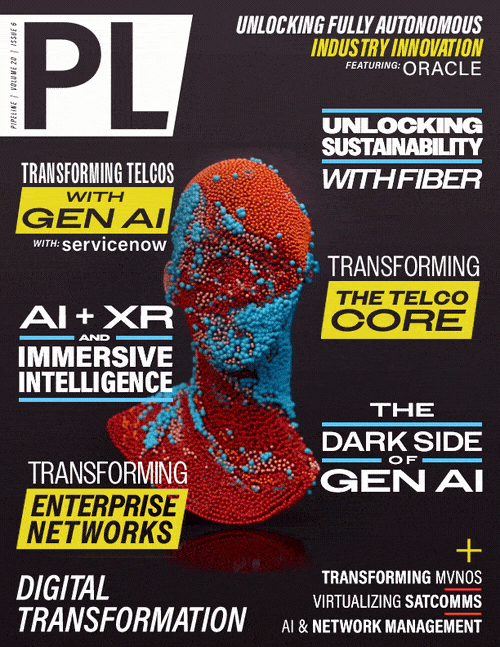Unlocked Phone Customers More Satisfied Despite More Carrier ContactWireless Customers with Unlocked Phones More Satisfied with Customer Care Process Despite Experiencing Higher Contact RatesA JD Power study released today indicates that mobile customers with unlocked cellphones (no contracts) are more satisfied with their customer service despite increased contact from their carriersAs the number of customers with unlocked cellphones (phones that can be transferred to other carriers) increases, their frequency of service contacts also increases, and their satisfaction improves according to the J.D. Power 2017 U.S. Wireless Customer Care Full-Service Performance StudySM—Volume 1 and the J.D. Power 2017 U.S. Wireless Customer Care Non-Contract Performance StudySM—Volume 1, both released today. Unlocked mobile phones are becoming more popular amid the elimination of service contracts and the high level of price-based competition among carriers. The incidence of unlocked phone ownership has grown by three percentage points from the 2016 Full-Service Study—Vol. 2 among phone owners who had a customer care contact in the past three months. The advantage of having an unlocked mobile phone allows the subscriber to switch carriers without financial penalty. However, the uptick in unlocked phone ownership contributes to more customer service contacts in all channels. On average, customers with unlocked phones had 4.4 phone contacts in the past three months vs. 1.6 among those with locked phones; similarly, customers with unlocked phones had 3.3 in-store contacts vs. 0.9 among those with locked phones, and 3.1 online contacts vs. 0.9 among those with locked phones. Billing issues are the primary reason for the higher number of customer care contacts among those with unlocked phones. Among unlocked phone owners who had a phone contact, 60% were due to a billing issue vs. just 31% among those with a locked phone. Similarly, 59% of unlocked phone customers who had an in-store contact did so because of a billing issue vs. just 21% of locked phone customers. "Many customers prefer unlocked phones because they better enable them to shop around for the best deal and switch carriers," said Kirk Parsons, senior director and technology, media & telecom practice leader at J.D. Power. "Because customers with unlocked phones tend to be relatively price conscious, it makes sense that they are highly sensitive to billing issues and contact their carrier about them relatively frequently. However, despite these higher incidence rates, owners of unlocked phones have higher overall satisfaction with their customer care experience." Now in their 15th year, these semiannual studies examine how well wireless carriers provide customer service via the following contact channels: phone, which consists of two sub-channels (automated response system (ARS), then customer service representative (CSR) and ARS only); walk-in (retail store); and online (website, online chat and social media). The studies measure satisfaction with each contact method and analyze processing issues, such as the efficiency of problem resolution and the duration of hold times. Satisfaction is calculated on a 1,000-point scale. Study Rankings AT&T ranks highest among wireless full-service carriers in customer satisfaction, with an overall score of 827. AT&T performs particularly well in the walk-in (retail store) and online channels, and performs above the full-service average in these channels, as well as in the ARS Only channel. Consumer Cellular ranks highest among wireless non-contract carriers, scoring 871. Consumer Cellular performs above the non-contract average in all four service channels and achieves an especially high score in the ARS, then CSR channel. Additional key findings of the 2017 studies include:
The 2017 U.S. Wireless Customer Care Full-Service Performance Study—Volume 1 is based on responses from 8,135 full-service wireless customers, and the 2017 U.S. Wireless Customer Care Non-Contract Performance Study—Volume 1 is based on responses from 3,275 non-contract wireless customers. The studies are based on the experiences of current customers who contacted their carrier's customer care department within the past three months. The studies were fielded from July through December 2016. Source: J.D. Power media announcemenet | |

















